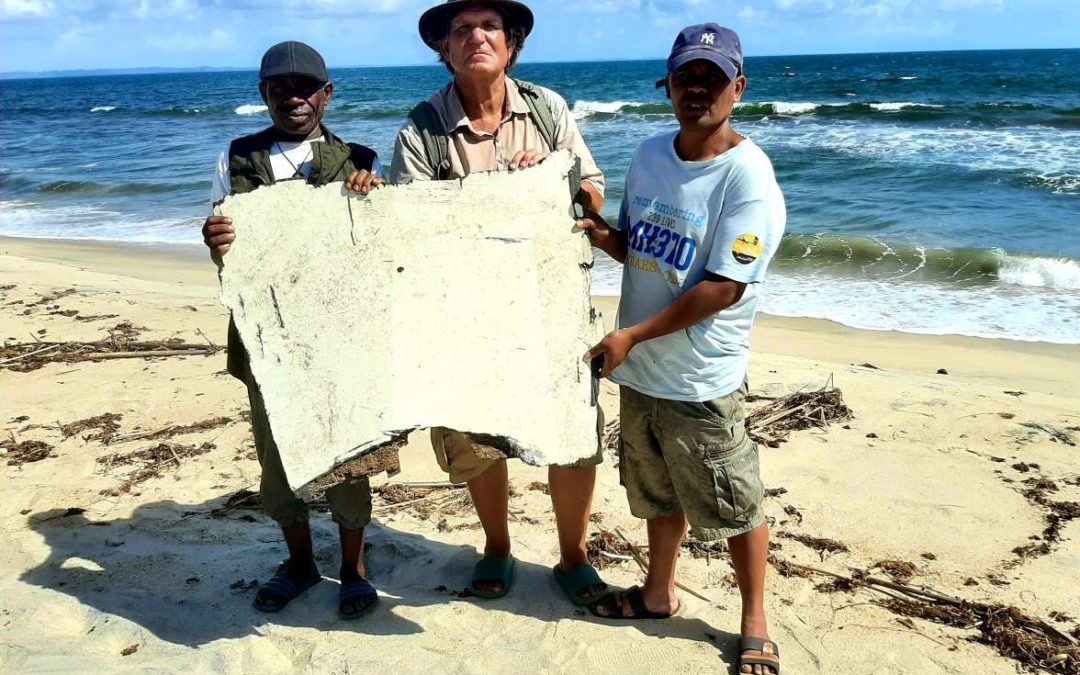

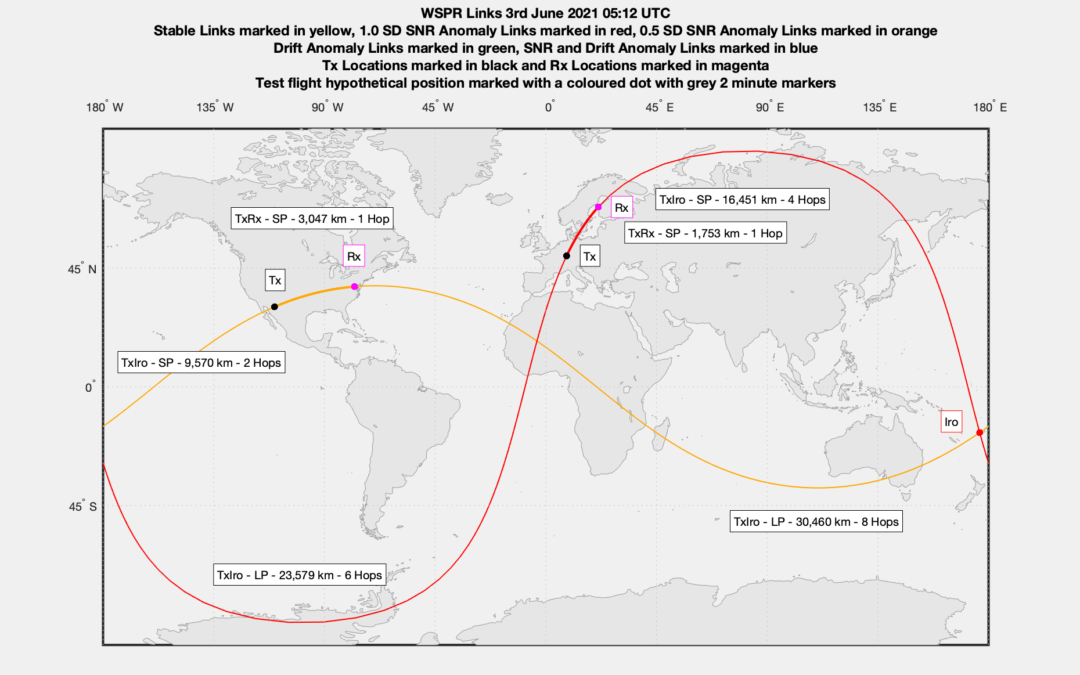
WSPRnet Propagation
A WSPRnet Propagation Technical Analysis can be downloaded here The purpose of this technical analysis is to explain how the propagation of WSPRnet signals is used to track an aircraft. A worked example taken from the Qantas flight used in a recent blind test will be...
GDTAAA Blind Test
A former Qantas pilot, has set a new blind test for GDTAAA and the WSPRnet data. The departure was on 3rd June 2021 at 03:28 UTC (actually leaving the runway) at an approximate position of 13.830 °S 172.000 °W as this is not shown on ADS-B. The aircraft was an Airbus...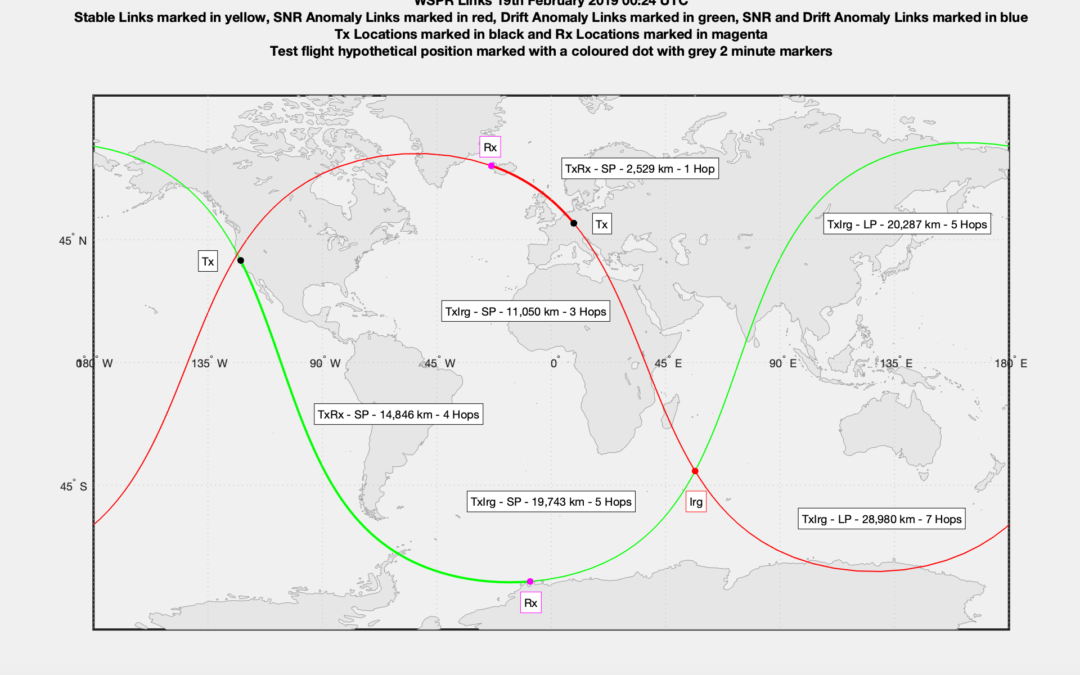
New Tracking Technology for MH370 Search
A new aircraft tracking technology is nearing readiness for the MH370 search. Significant progress has been achieved in refining a fascinating new technology, Weak Signal Propagation Reporter (WSPR), which is a digital radio communication protocol that is providing...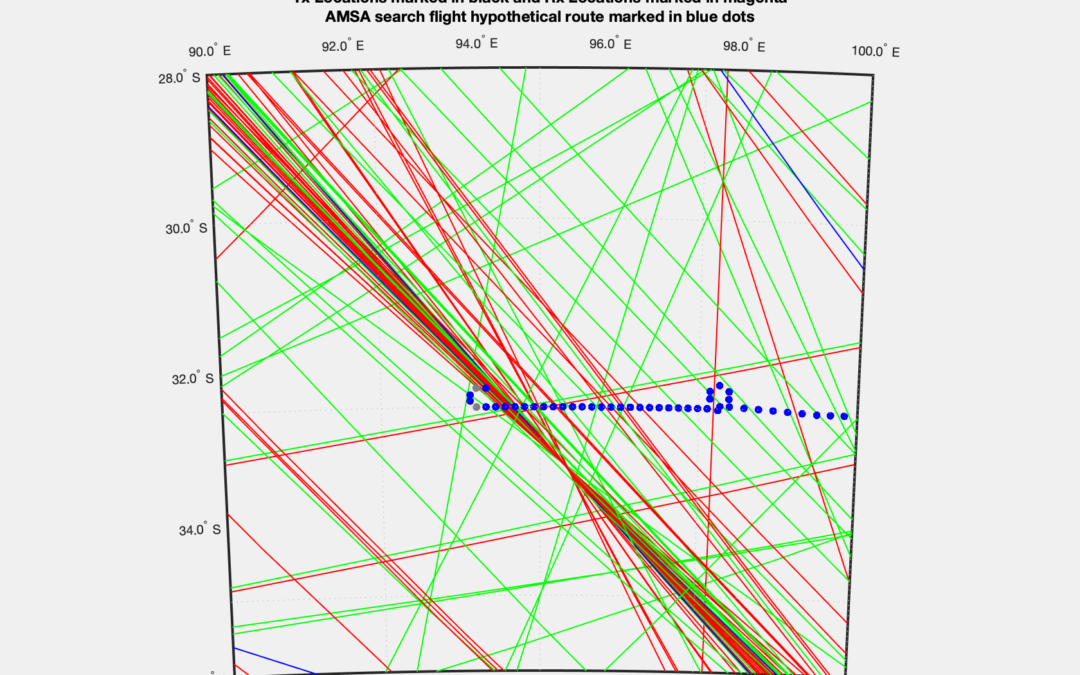
When Do Whispers Shout
New MH370 breakthrough tracking technology passes another validation test. I have used an MH370 search aircraft from the Royal New Zealand Air Force on March 28th, 2014 to help validate this new technology called GDTAAA (Global Detection and Tracking of Aircraft...
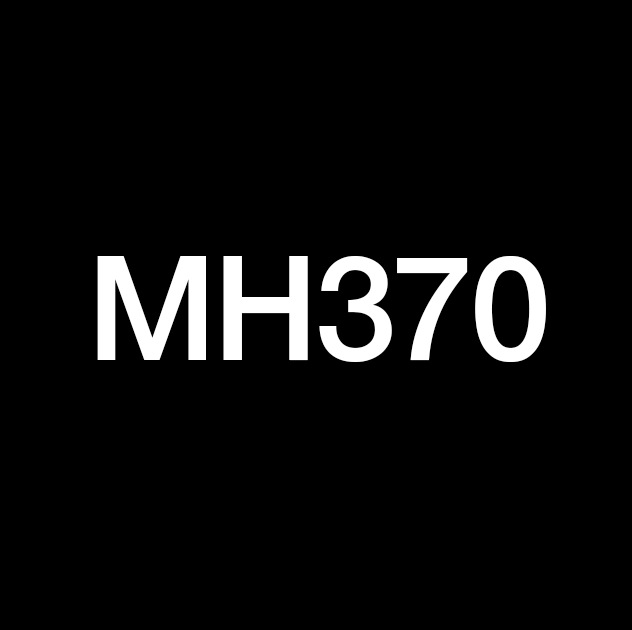
Recent Comments